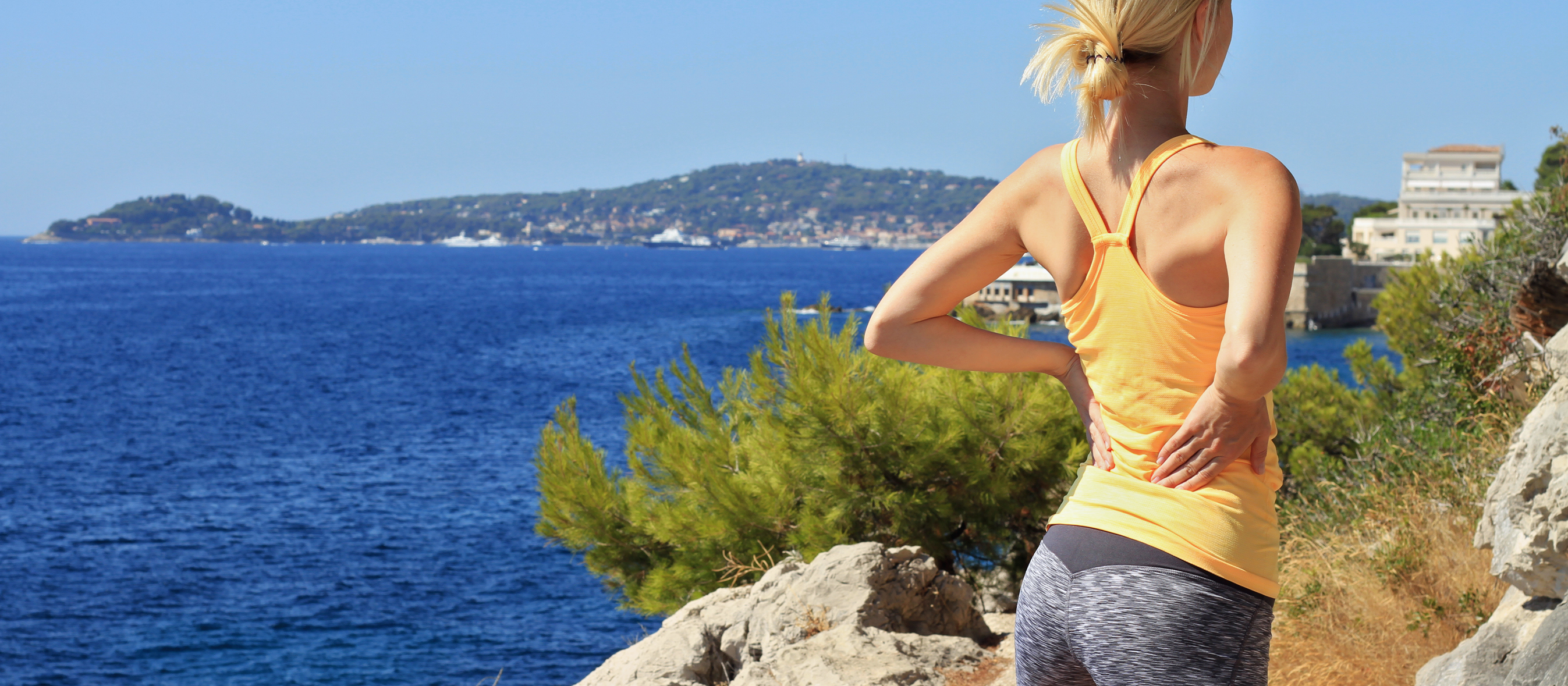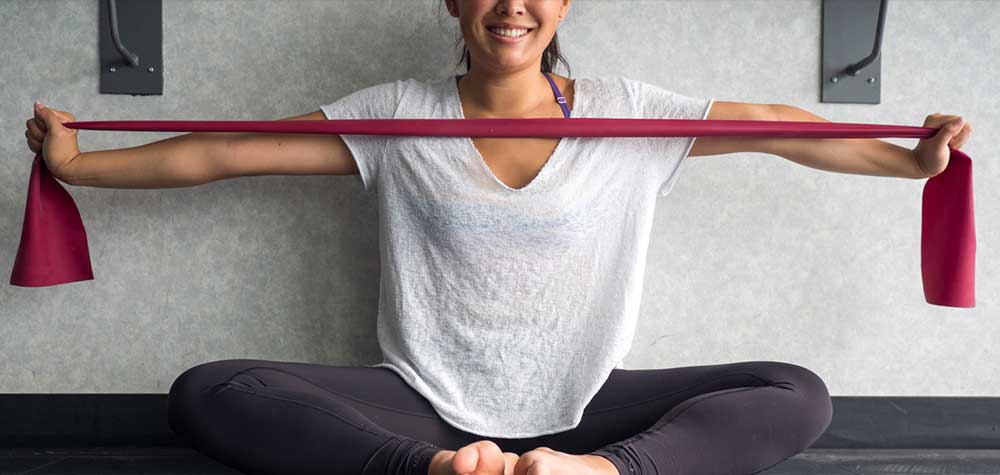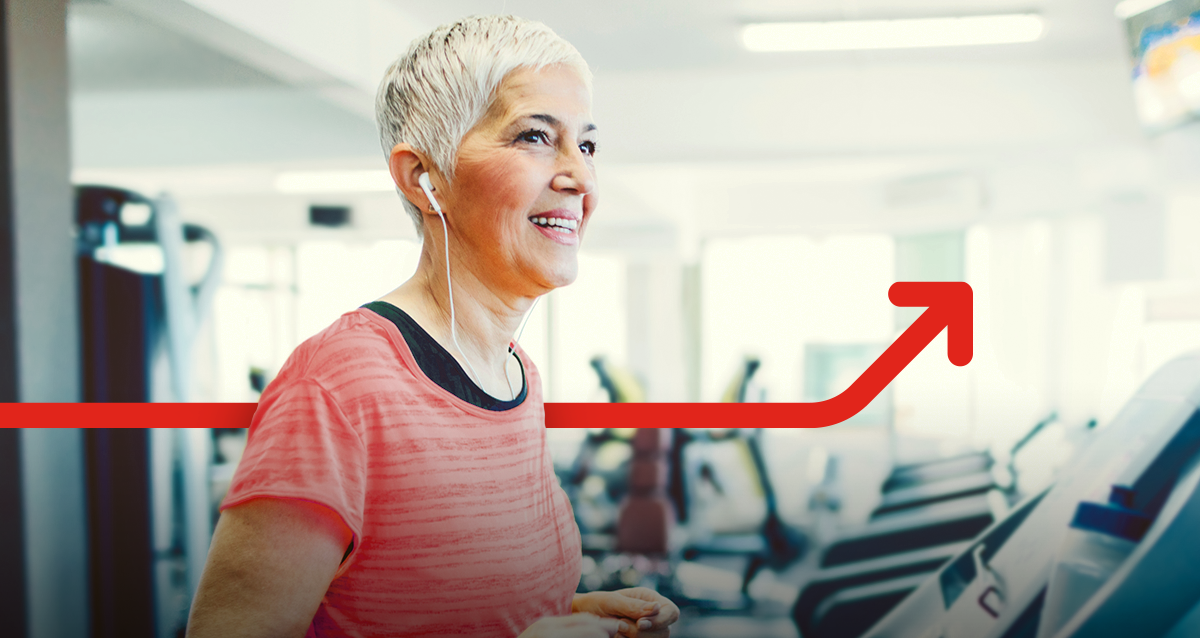Healing Through Movement
November 29, 2018
We have all heard the saying that the pain is all in our head. When someone says, they're trying to tell you that the uncomfortable things your body feels is just made up and imaginary. But, there is a place in our body, more specifically a muscle, that if not taken care of properly can cause everything from back pains to anxiety to leg pains and trouble sleeping. That muscle is our hip flexors.
Hip flexors are the engine through which our bodies move. They control balance, our ability to sit, stand, twist, reach, bend, walk and step. Everything goes through the hips. And when the hip flexors tighten it can lead to a host of problems, even if you're healthy and active.
Our hips are the bridge between our upper and lower body. Sitting within the well of your hip and lower spine is the psoas major muscle, one of the two muscles that makes up the iliopsoas. It’s often called the "mighty" psoas (pronounced so-az) for the many important functions it plays in the movement of your body.
 A properly functioning psoas muscle creates a neutral pelvic alignment, stabilizes the hips, supports the lower spine and abdomen, supports the organs in the pelvic and abdominal cavity and it is what gives you great mobility and core strength.
A properly functioning psoas muscle creates a neutral pelvic alignment, stabilizes the hips, supports the lower spine and abdomen, supports the organs in the pelvic and abdominal cavity and it is what gives you great mobility and core strength.
What'S The Cause of Hip Flexor Issues?
Prolonged sitting is one of the worst things you can do for your psoas muscles. Sitting is now considered the new smoking in its danger to the body's health. Sitting all day causes your hips to become stuck in a forward thrust position. This leads to pulling on the lower back and decreased blood flow and circulation through the hips. This tightness results in physical discomfort.
A tight psoas muscles can also cause the lower back to curve, pushing out the stomach, giving the belly bulge look. When the psoas works properly, it pulls the abdomen back, tucking the tummy in, adding to the appearance of a strong, flat stomach.
What Can You Do for Relief?
Stretching is the go-to method to help elongate the muscle and keep it tone. But, don't do static stretches for this issue. It may cause even more harm. Think of stretching a rubber band for a long period of time. As it stays stretched, it starts to lose its elasticity, so when you let go, it won't be as effective or stable.
Dynamic stretching is the answer. This involves movement of the muscle to either stretch it or tone it.  According to SHAPE magazine, here are some exercise you can try:
According to SHAPE magazine, here are some exercise you can try:
Glute Bridge
Lie on back, feet hip-width apart and flat on the floor, arms straight with palms flat on the floor. Tighten abs—you're aiming to hold this gentle contraction throughout the exercise while still breathing. Keeping shoulders and feet on the ground, squeeze glutes and press hips up toward the ceiling until body forms one line from chest to knees. Pause, then slowly lower yourself back to starting position.
Do 3 sets of 8
Dead Bug
Lie on back with arms extended in front of shoulders, pointing toward the ceiling. Bring knees to a 90-degree angle. Tighten abs and press lower back into the floor. Take a deep breath in and, as you exhale, slowly extend left leg toward the floor and bring your right arm overhead. Keeping abs tight, slowly return arm and leg to the starting position. Repeat with opposite arm and leg.
Do 3 sets of 8, each side
Banded Bodyweight Squat
Slide a medium-strength looped resistance band over feet and place right above knees. Stand with feet slightly wider than hip-width, toes turned slightly out. Tighten abs—you're aiming to hold this gentle contraction throughout the exercise while still breathing. Keeping chest and head high, shift weight back into heels, squeeze glutes, and push hips directly back and downward. As you lower hips, continue to press knees outward to keep tension on the resistance band. Once thighs are parallel to the floor, use glutes to rise back up to starting position, continuing to press knees out and engaging core. Pause at the top, then repeat.
Do 3 sets of 8
Forearm Plank
Come into a push-up position but on forearms instead of hands. Lower hips so body forms a straight line from shoulders to ankles. Tighten core and squeeze glutes as tight as you can. Hold this position for 15 to 30 seconds while breathing deeply. Release, pause, and repeat.
Do 3 sets of 8, holding for 15 to 30 seconds each
Let us know if these exercises offer some relief and if you notice a new and healthy feeling throughout your body.
.png?width=258&height=54&name=Landice_logo%20(1).png)



